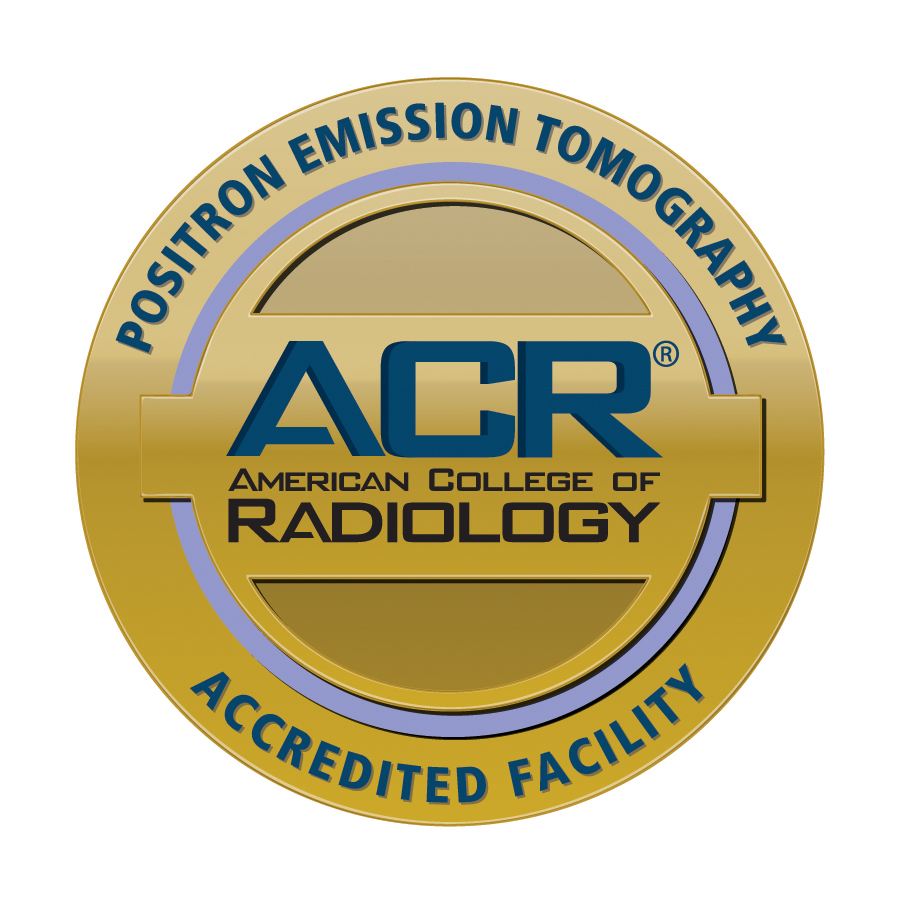Positron Emission Tomography (PET)
Skip
PET scans combine the principles of nuclear medicine with computer technology to find “hot spots” that can indicate areas of disease.Like other nuclear medicine tests, PET uses a small amount of a radioactive substance to examine the structure of tissues and organs and their functioning.
Your PET scan will follow these steps:
- You’re given the radiotracer by mouth, injection or inhalation, depending on the test, and you’ll wait while the radiotracer accumulates in the area to be examined — usually about an hour.
- You lie on a narrow table that slides into the scanner, which is shaped like a short tunnel. It’s important to stay very still while the scanner detects signals from the tracer.
- A computer translates the signals into 3D images. A radiologist examines them and sends a report to your doctor.
PET scans are often used in conjunction with CT scans or other imaging tests to get more information about a specific organ or tissue area. When PET is combined with CT in one scan, it is known as PET/CT.
Doctors may recommend a PET scan to:
- Determine if cancer has spread or recurred, or to evaluate the progress of cancer treatments.
- Evaluate the brain after trauma.
- Diagnose dementias such as Alzheimer’s disease.
- Diagnose neurologic conditions such as Parkinson’s disease or epilepsy.
- Evaluate the blood flow in the heart.
- Evaluate brain tumors.

